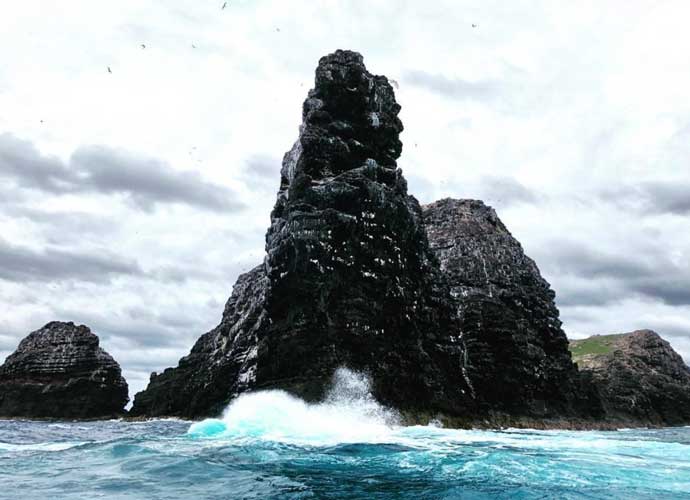Discover The Ancient Wonders of Hawaii’s ‘Mystery Islands’ Nihoa & Mokumanamana
Hawaii’s captivating charm extends far beyond its renowned eight main islands. On the northwestern side of Hawaii, there is an island chain, consisting of a dozen small lands that are too tiny to show on maps. These remote islands have very limited space for human activities, with reefs, islets and atolls dominating the lands.
To many experts’ surprise, distinctive archaeological evidence of human past existence has been discovered on two of the islands: Nihoa and Mokumanamana. However, even holding the clues that humans once lived there, archaeologists had no idea of their origin and the reasons for their living choice.
Early archaeologists soon labeled the two as “mystery islands.”
Nihoa possesses both rugged landscapes and many archaeological sites. With a mere 170 acres of land bedding on the ocean, Nihoa has dramatic cliffs soaring to nearly 1,000 feet and lush valleys that are basically untouchable except by seabirds.
Amidst Nihoa’s pristine ecological landscape, an ancient civilization of A.D. 1000 comes to life. Eighty-eight archaeological sites have been excavated, including houses, agricultural terraces, fishing tools, burials and temples, which indicate long-term living conditions.
Recent research equipped with new technologies has shed light on the mystery of its ancient human existence, with proposed explanations linked to Hawaiian origins and religious practices.
Nowadays, the two “Mystery Islands” are a part of the State and National Registers of Historic Places and Papahanaumokuakea Marine National Monument. Although for protection purposes, the islands are only accessible for scientific or educational research, you can still appreciate the amazing aircraft from Mokumanamana in the Metropolitan Museum of Art in New York City.







Leave a comment